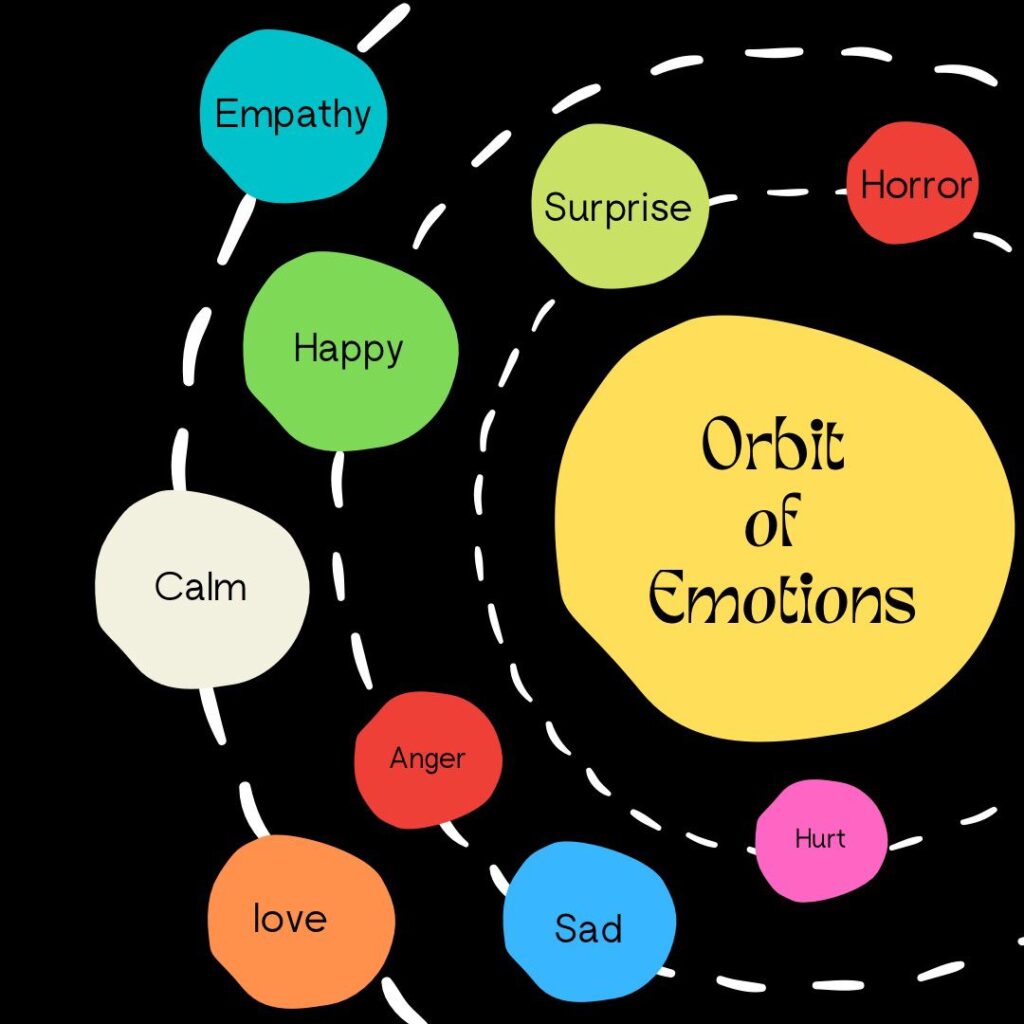
The most powerful tool of a storyteller is emotion.
Emotions are energies in motion and when that energy is passed from the speaker to the audience then it becomes a transcendental experience for both the speaker & the audience. As per ancient Indian wisdom Natya Shastra written by Bharat Muni there are 9 emotions – Navras. Each one of us experiences these emotions of love, joy, empathy, horror, anger, disgust, surprise, courage & calmness. Whenever we interact, we express these emotions and that’s how an emotional connect is formed between a speaker & listener. A Storyteller practices all these 9 emotions to master the art of storytelling. Emotions are not good or bad, these are the bundle of energies which define the life state of a person for example – when one is in love then that person is in a unique state of joy and happiness. As a storyteller/ presenter we need to understand which emotion does my content or my story echoes and accordingly emote to create a realm of that emotion for the audience to form a connection. Also, at the workplace we need to integrate facts with warmth of emotions to build deeper understanding & relationships.
Ask yourself about the memories from your previous job, vacation or any relationship and try to observe the common factor. Why do some memories get stamped in your heart forever? When you closely observe you will find that these are those moments or incidents from your life where you would have experienced heightened sense of emotions. In essence we build memories when emotions are involved.
Our brain is divided into two halves: the left brain which processes all the data, information & logic and the right brain which is powered by emotions and creativity. Sharing facts & information through a well-crafted & a strategic story woven around with emotions is much more effective. If the speaker communicates to both sides of the brain that in turn helps the audience to absorb the information easily which further also helps in decision making. On the other hand, if we communicate only with facts & information then we fail to link the right side of the brain and the listener doesn’t feel it, without emotions our information becomes quite transactional & forgettable. So, the key is to present information in a manner that sticks with the audience, as the event or information which has emotions attached to it becomes memorable. Emotions drive us & influence every decision we make.
The famous Greek philosopher Aristotle who made important contributions to logic, rhetoric, phycology gave us three tools for persuasion – Ethos, Pathos & Logos. It revolves around persuading listeners with a mix of both logic & emotions. Aristotle believed that facts alone don’t drive people to action, but when facts are presented with warmth of emotions then it makes the real difference. A presenter can leverage the power of Pathos by telling a purpose driven story using vivid language and demonstrate it with an impactful body language. All these elements help to build an emotional appeal and when integrated with logic it creates a solid foundation for an excellent presentation.
In the corporate world it’s necessary that we present information & facts wrapped in a strategic storytelling which resonates with the information we want to share. That is how stories become the vehicle to transfer information which builds an emotional connection and makes the content memorable.
As a storyteller I firmly believe “You simply don’t narrate stories, you create an emotional experience”. Something incredible happens when we connect emotions with information, our brain processes the information and makes a note of it like a mental post-it which lasts forever.

